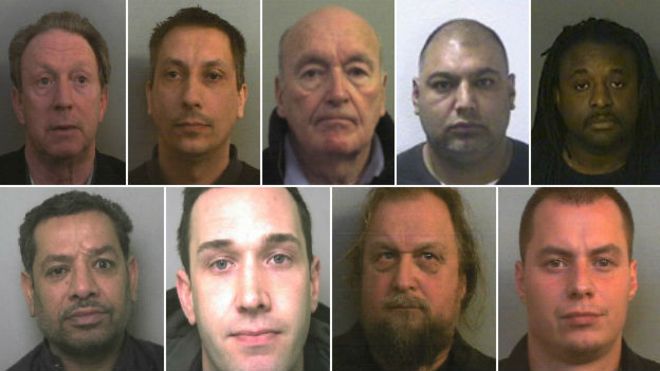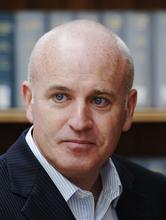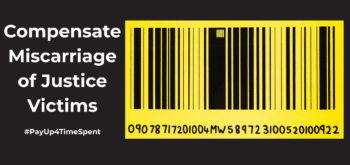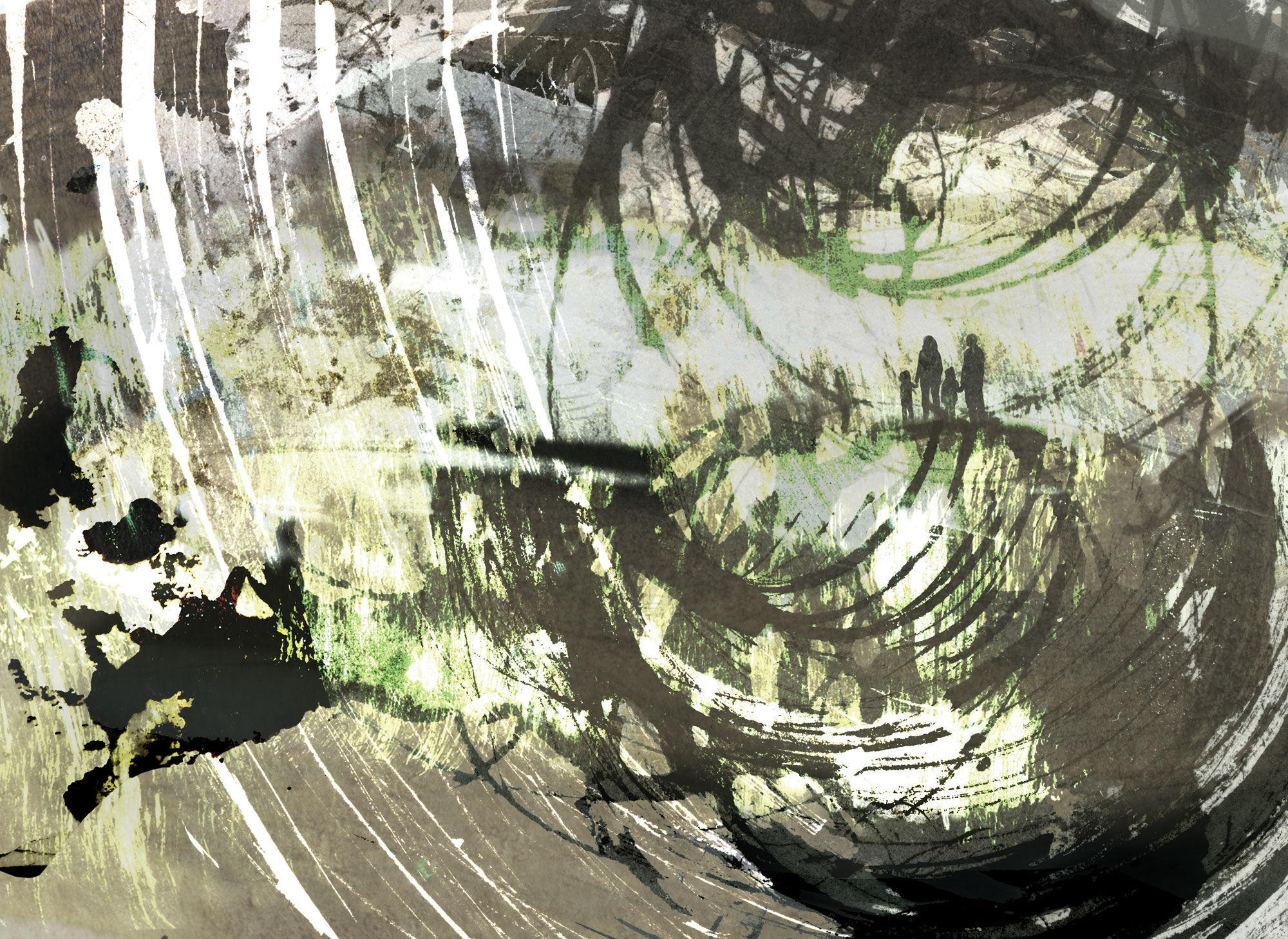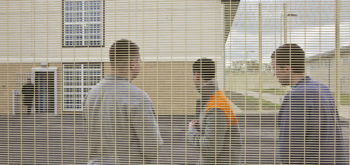David Nash was one of nine men convicted of conspiracy to produce MDMA (ecstasy), methamphetamine (crystal meth) and amphetamine who were convicted at Bristol Crown Court in July 2015. The case was likened to the popular Netflix series, Breaking Bad (here and here), and as he had a chemistry degree and a biodiesel business, David Nash was likened to the lead character, Walter White, a chemistry teacher in the series who begins cooking crystal meth when he learns that he has terminal lung cancer. For his alleged part as the ‘chemist’ in the conspiracy, David Nash was given an 11-year prison sentence, of which he served five and a half years in prison. He was released in August 2019.
The media reported that the gang recruited ‘self-taught chemist’ David Nash to ‘cook the chemicals’. ‘The whole operation had striking similarities to the popular American crime drama series Breaking Bad, which featured a struggling high school chemistry teacher as the main character,’ Detective Inspector Jim Taylor, of Avon and Somerset Police, told the Daily Mail. It was reported that the alleged gang leader, George Rogers, ran the plot from prison and recruited David Nash ‘to set up a lab and make the highly addictive drug crystal meth. ‘[Rogers] had been diagnosed with lung cancer and turned to a life of crime, producing and selling methamphetamine in order to secure his family’s financial future before he died.’
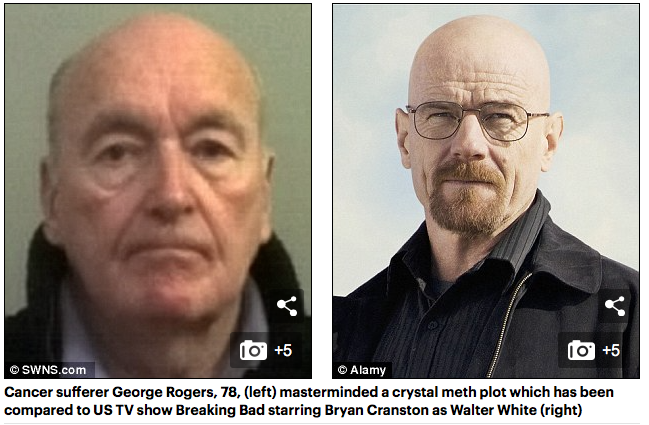
I first became aware of David Nash when one of his co-accused, Steven Williams, contacted me in May 2019 asking if he and David could meet with me to talk about their alleged wrongful convictions and how they might challenge them when David was next on home leave from the Cat-D prison that he was in at the time. Mr Williams who was given a seven-year sentence for his part in the alleged rime had been released in September 2018, also at the halfway stage of his sentence.
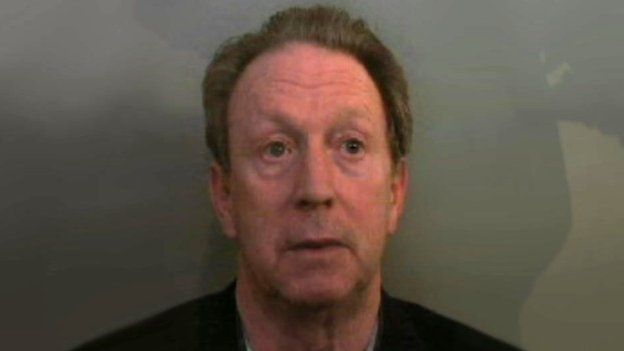
David Nask
I agreed to meet with them, and we met twice when David Nash was on home leave and again when he was released in August 2019. At these meetings, David Nash was as adamant as any alleged victim of a wrongful conviction that I have met that he was factually innocent of the alleged crime and played no part at all in a conspiracy to manufacture crystal meth.
He talked about his desire to bring civil actions against the independent forensic scientist and the forensic scientist from the National Crime Agency (NCA) for giving false evidence against him at trial. He also wanted to bring civil actions against the company that the forensic scientist worked for and against the NCA for vicarious liability.
He alleged that the experts must have colluded in giving false testimony against him at trial as they both made the same mistake and identified equipment that he claimed could only be used in the production of biodiesel as being capable of being adapted to manufacture crystal meth. He argued that the website of the company who supplied the equipment for his biodiesel business supported his claim that the components could not be used for the purpose that the forensic experts for the prosecution claimed at his trial. He claimed that the police and Crown Prosecution Service (CPS) were concealing the false evidence that had been manufactured against him. He talked about how he planned to make an application to the Criminal Cases Review Commission (CCRC).
The last time that I saw David Nash was on the October 4, 2019. Steven Williams contacted me to let me know that he had been admitted to the oncology department of the Bristol Royal Infirmary (BRI) with terminal small cell lung cancer, coincidentally also like the fictional Walter White in Breaking Bad, and we visited him together that evening.
‘It is so important people know the truth,’ he told me. ‘The police are concealing everything. The National Crime Agency, the police and the CPS are trying to bury the case. False evidence was given by trial experts. They know it and I can prove everything is false.’
‘I was a mug. I believed in the system. I went to try the appeal system but you are on your own. You haven’t the chance, fighting the state. You haven’t a chance. They don’t care about the truth… I won’t stop until the day I die… . There are people in prison dying because of this.’
David Nash
I last met with David Nash on Friday, October 4 last year. He died nine days later. I do not know if David was telling the truth nor if he was innocent. He comes across as sincere and credible. Anyone familiar with the workings of the criminal justice system, prisons and wrongful convictions would find his claims plausible.
What value, if any, does such evidence have in law? Can it be used in an application to the CCRC or a future appeal to challenge his alleged wrongful conviction should the commission refer his conviction back to the Court of Appeal?
The first hurdle that must be overcome in any potential application to the CCRC on behalf of deceased alleged victims of wrongful convictions is that they can only be made by ‘approved’ persons as set out by the CCRC’s ‘Applications in Respect of Deceased Persons’ policy (here).
The three categories of approved persons are:
- the widow or widower;
- the ‘personal representative’ (within the meaning of the Administration of Estates Act 1925, s. 55(1)(xi)); or,
- any other person appearing to the Court to have, by reason of a family or similar relationship with the dead person, a substantial financial or other interest in the determination of the appeal.
David leaves behind a sister and a daughter. Each has a conceivable substantial interest in the determination of an appeal that could overturn his conviction and clear his name, and their family name too. Furthermore, if his conviction were to be referred by the CCRC and overturned by the Court of Appeal, it could also possibly result in a financial compensation award for wrongful conviction and imprisonment under the statutory compensation scheme for miscarriages of justice as governed by s.133 of the Criminal Justice Act 1988 (here).
There is, however, a time limit that would have to be met if an application to the CCRC were to be made by an approved person. This requires that applications on behalf of deceased persons have to be submitted within a year of their death, meaning that an application for David Nash would have to be submitted by the 13 October 2020.
In terms of the admissibility of the video interview, it is covered by the hearsay evidence provisions of the Criminal Justice Act 2003. Of most relevance to the present discussion, s.116(1) states that in cases where a witness is unavailable a statement not made in oral evidence in the proceedings is admissible as evidence of any matter stated if:
- oral evidence given in the proceedings by the person who made the statement would be admissible as evidence of that matter;
- the person who made the statement (the relevant person) is identified to the court’s satisfaction; and,
- any of the five conditions mentioned in subsection (2) is satisfied.
The five conditions for a person to be relevant contained in s.116(2) are:
- that the relevant person is dead;
- that the relevant person is unfit to be a witness because of his bodily or mental condition;
- that the relevant person is outside the United Kingdom and it is not reasonably practicable to secure his attendance;
- that the relevant person cannot be found although such steps as it is reasonably practicable to take to find him have been taken;
- that through fear the relevant person does not give (or does not continue to give) oral evidence in the proceedings, either at all or in connection with the subject matter of the statement, and the court gives leave for the statement to be given in evidence.
David Nash would appear to fulfil the required criteria of a relevant person for the purposes of admissible hearsay evidence. He is deceased and the video allows him to be identified to the court’s satisfaction.
Yet, the video interview is more than mere hearsay evidence. It is a direct statement from an alleged victim of wrongful conviction and imprisonment who knew that he was soon to die and who wanted to leave a dying declaration of his innocence so that the challenge to his conviction could continue posthumously.
The question of whether his statement in the video interview would be admissible as evidence under the terms of s.116 would depend on whether it was felt to merit a referral to the Court of Appeal under the terms of s.13(1)(a) of the Criminal Appeal Act 1995. This requires the CCRC to only refer cases to the appeal courts where it feels there is a ‘real possibility’ that the conviction (or sentence) will be overturned.
Then, in deciding whether the so called ‘real possibility’ test has been met, the CCRC must, in a case like David Nash’s who was convicted in the Crown Court, also consider s.23 of the Criminal Appeal Act 1968. This requires that evidence admissible in the Court of Appeal must be ‘fresh’, understood generally as evidence or argument that was not or could not have been available at the time of the original trial.
This means that the CCRC would have to investigate David Nash’s allegations in his dying declaration of innocence to determine not just their truthfulness but whether what he said constitutes or could generate fresh evidence that was not or could not have been available at the time of his original trial.
From the forgoing, then, if alleged victims of wrongful convictions die it is not necessarily the end of the road for continued attempts to overturn their alleged wrongful convictions.
Indeed, the CCRC has already referred several convictions of deceased persons to the Court of Appeal. This includes the case of Mahmood Mattan (here) who had his wrongful conviction for the 1952 murder of Lily Volpert in Cardiff overturned 46 years after he was hanged for the crime in 1998. It includes the case of Derek Bentley (here) who also overturned his wrongful conviction 45 years after he was erroneously hanged for the murder of a policeman in a bungled robbery. The CCRC also referred the case of Ruth Ellis, the last woman to be hanged in the UK, back to the Court of Appeal in February 2002 for the murder of her lover, David Blakely in 1955, although her conviction was upheld (here).
As such, an application could be made to the CCRC by a designated approved person on David Nash’s behalf so long as it is submitted by the 13 October 2020. That application could include the video interview of his dying declaration of innocence, which seems to meet the criteria for admissible hearsay evidence. It would then be over to the CCRC to decide what it makes of David Nash’s most powerful declaration of innocence from beyond the grave.
